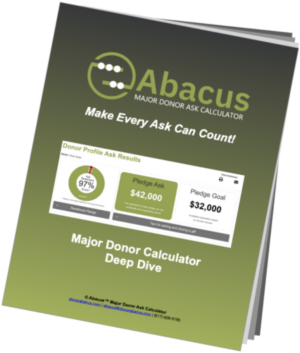The Ask Guessing Game
Gut Feel & Good Fortune are Not Enough
Set the scene: A gift officer has a solid relationship with a major donor and thinks they are prepared to make an Ask. Extensive research has been collected on the donor, including their philanthropic capacity estimate and whatever else could be found on the web. They gathered notes from their conversations, street research from people who know the donor, and the donor’s giving history to the organization.
Now it’s time to come up with an Ask amount for their gift conversation.
Despite all of the gift officer’s research, there is an uneasy feeling that whatever Ask amount they use, it will, at best, be a guess. Prior experience suggests that the donor information they collected, including the philanthropic capacity estimate, may not represent reality. Our gift officer experiences anxiety about being too cautious or aggressive with their Ask, which might leave money on the table — something they’re loathe to do. They walk into the gift discussion uncertain and tell themselves that making the Ask is about intuition, thinking fast on their feet, and divine good fortune.
This scenario is quite common but rarely discussed in professional advancement circles. As gift officers privately describe it, coming up with the Ask is like “shooting from the hip.” Simply put, most fundraisers rely on gut feel and instinct to determine an Ask amount.
There has to be a better way, right? Of course. Here’s what we learned.

Fundraising Headwinds
Accelerating Importance of Major Donors
The reliance on major donors has never been more urgent. A steep decline in individual giving is the greatest threat to stakeholder organizations.
The decline in charitable giving in 2022 was worse than the decline during the great recession in 2008, even though we are at near full employment. The donor pool is shrinking — fast. According to GivingUSA, 20 years ago, two-thirds of households contributed to stakeholder organizations. Now, less than half contribute.
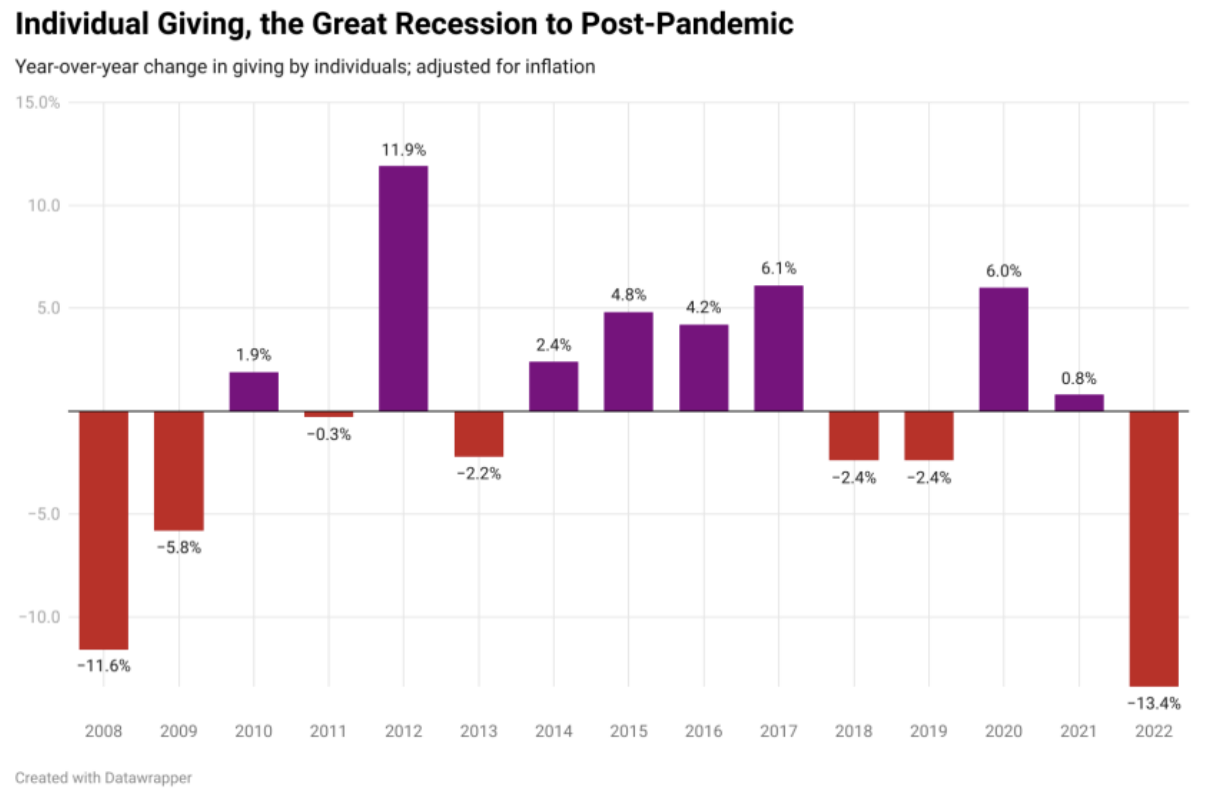
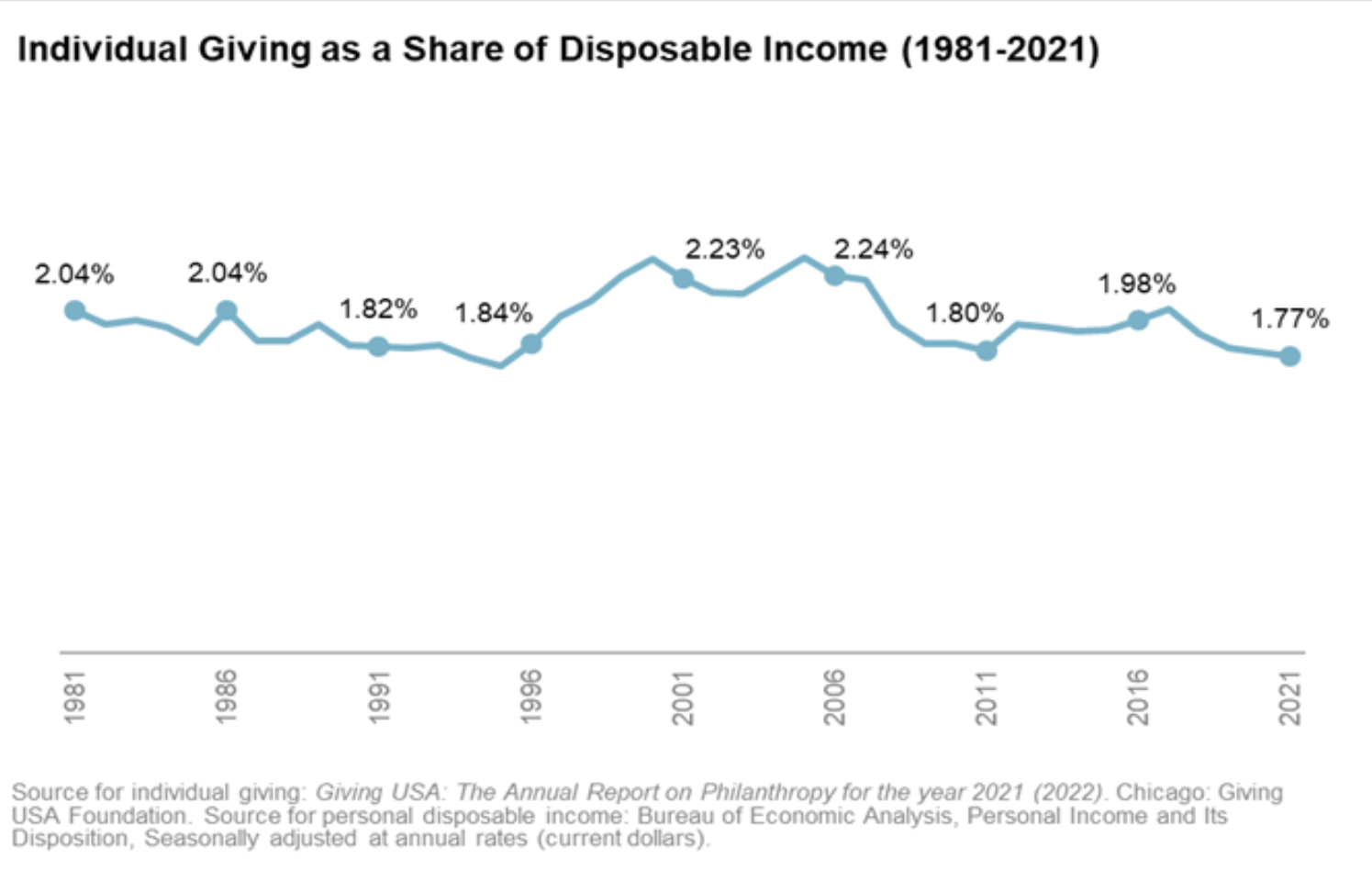
Disposable Income Giving Is Way Down
Getting Major Donor Asks Right Has Never Been More Important
Individual giving as a percentage of disposable income is at a 20-year low of 1.77%. There is ever-increasing competition for disposable income that includes more stakeholder organizations seeking contributions, the lure of Amazon and online shopping, rising healthcare and insurance costs, inflation, high levels of credit card debt and payment costs, and student loan debt. 13% of all Americans or 43.5 million people carrying this burden.
Stakeholder organizations need to focus their efforts on finding, engaging, and asking for gifts from people of means to support their mission.
Philanthropic Capacity Estimates Lack Credibility
The Secret No One Talks About
Online Philanthropic Capacity estimation services like DonorSearch, iWave, Wealth Engine, and others draw upon the same big data sources. They run data through their algorithms to arrive at an estimate of the donor’s capacity to give all charitable causes over three years. Frequently the results from these services are not credible. They are blunt instruments that do not consider the donor’s relationship with the stakeholder organization and do not have the confidence of most fundraisers.
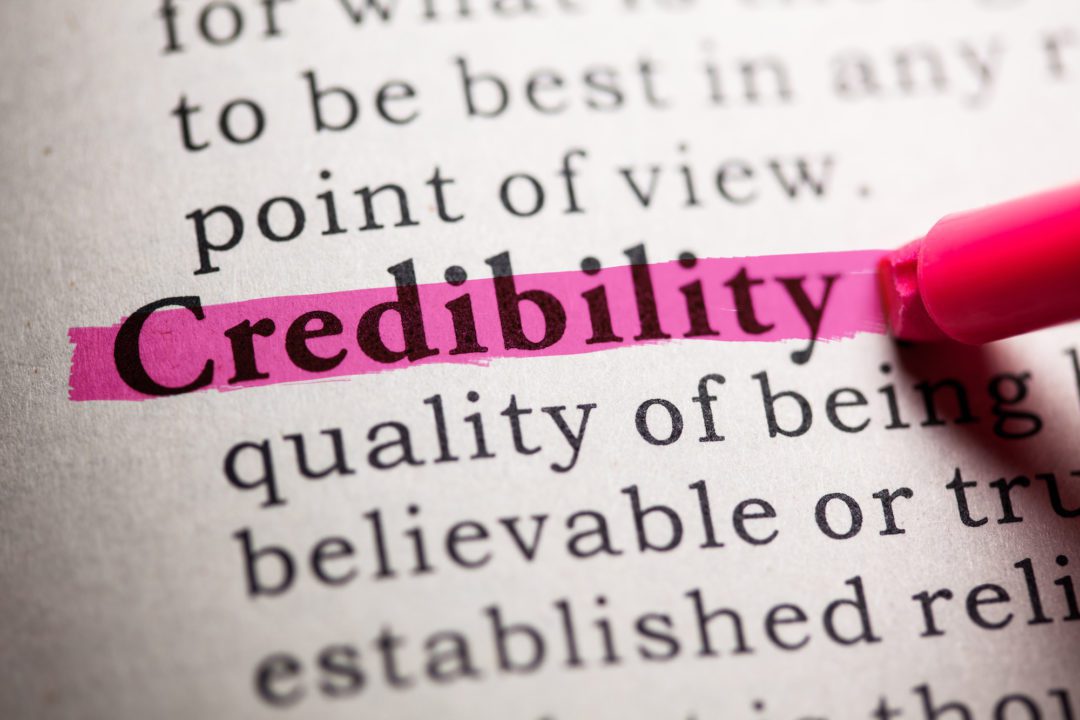
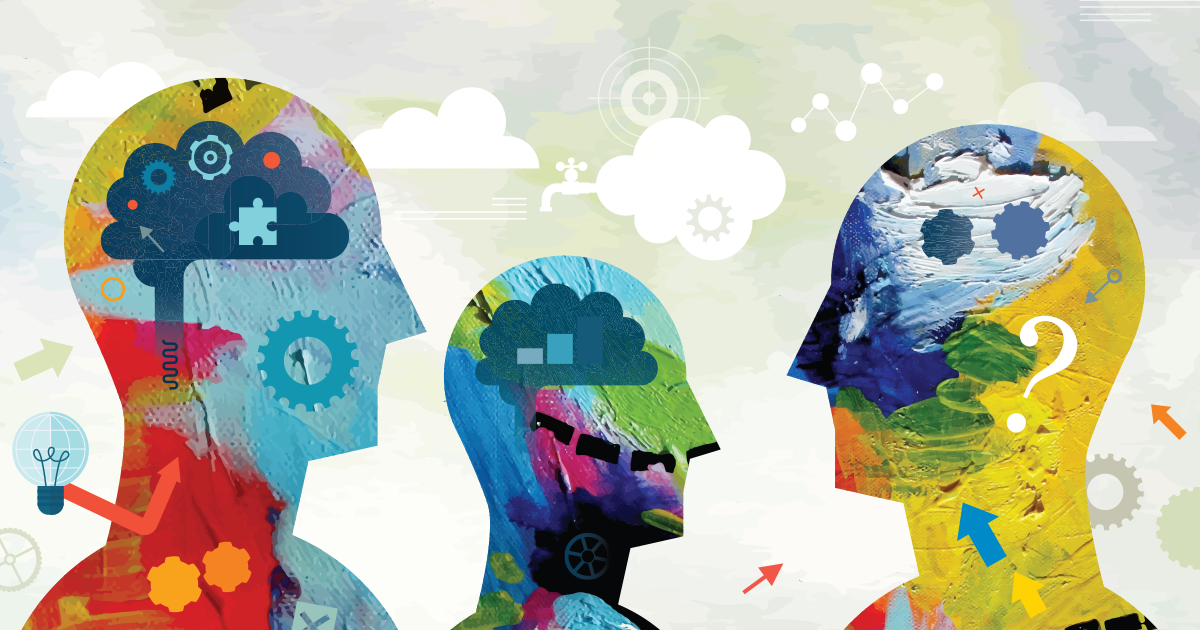
Money Bias
Personal Bias About Donors
All people have biases about money, including fundraisers. A fundraiser’s relationship to money and reaction to the trappings of wealth are often influenced by their family’s financial circumstances while growing up. They may make erroneous assumptions about donor wealth based on various subjective queues such as the kind of car they drive, the town they live in, where they went to college, how they dress, and others. This bias can lead to asking the donor for too little or too much — sometimes miscalculating the Ask by five or six figures or more!
Relationship Awareness & Readiness to Ask
Fundraisers often struggle to know if their donor relationship is strong and well-informed enough to suggest a conversation about a major gift. Before discussing a major gift with a donor, the fundraiser must first build a trusting relationship. During the course of building a relationship, the fundraiser should learn essential information about the donor’s philanthropic interests, how they support stakeholder organizations, and if there is strong alignment with the mission and opportunities of the fundraiser’s organization. Fundraisers need to clarify if they know the key information needed for a productive and successful gift conversation.
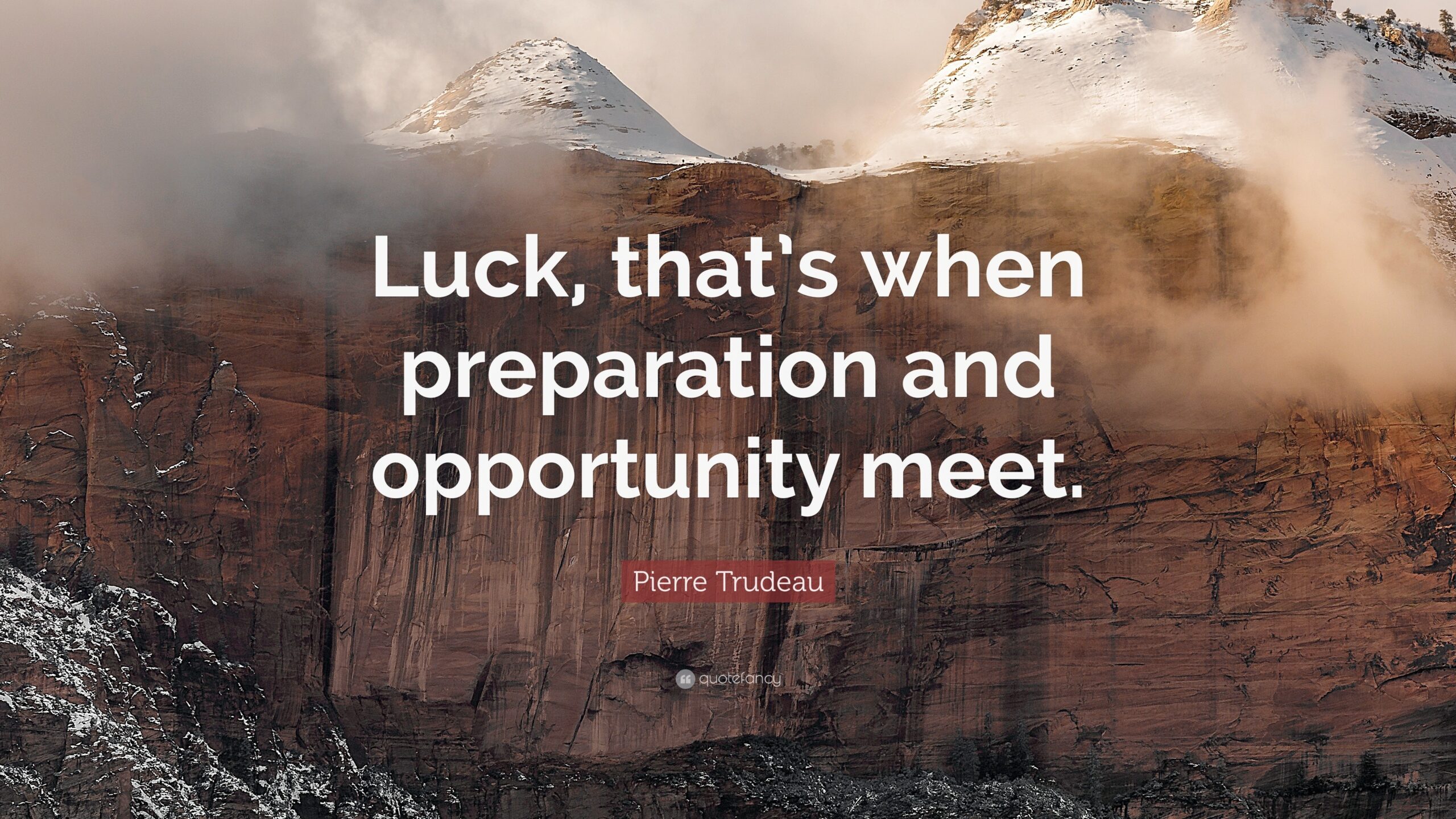
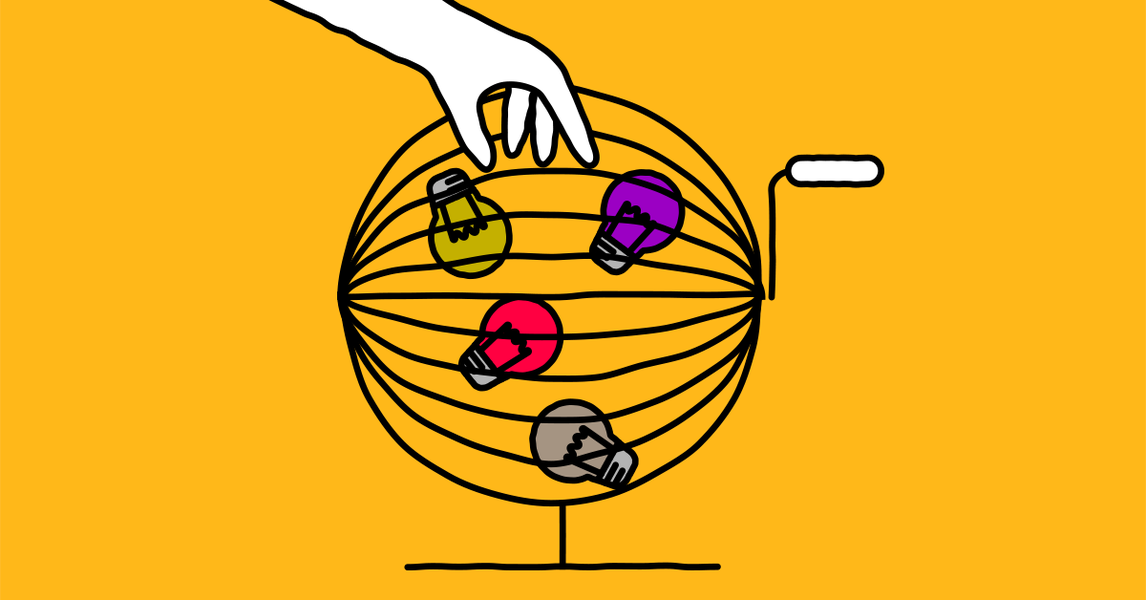
Random Methodology
Fundraising has matured dramatically over the past 25 years, and yet until Abacus, there was no commonly used method for arriving at major gift Asks. After all the donor research gathered, fundraisers can only rely on field experience, the input of others who may not be qualified to weigh in, and their gut. Their Asks are often conservative because they are not confident or even fearful of offending a donor while under pressure to show success to their team.
The random process of determining Asks perpetuates itself, convincing gift officers that getting the Ask right is achieved through instinct, thinking fast on their feet, and divine luck. Fundraisers need a consistent method for determining how much to Ask donors for major gifts – Abacus to the rescue!
Major Donor Caclulator Deep Dive
Obstacles, Challenges & Opportunities
